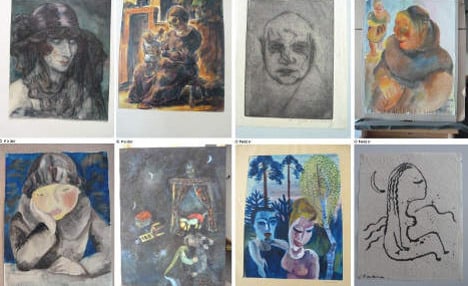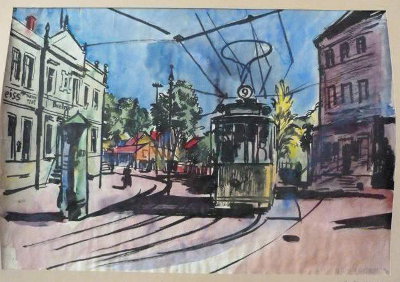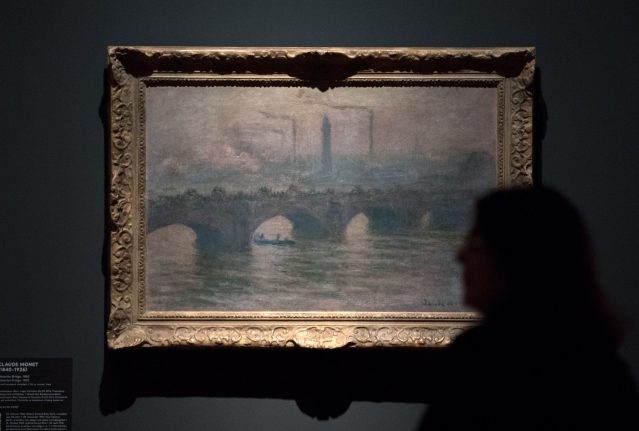Gurlitt, 81, hoarded hundreds of masterpieces in his Munich flat for decades, including works plundered by the Nazis from the Jews.
He never married and died childless and the collection which he inherited from his father, who worked as an art dealer for the Nazis, will now head to the Kunstmuseum in Bern, it confirmed on Wednesday.
The news came like a bolt from the blue," the museum said in a statement.
"Despite speculation in the media that Mr. Gurlitt had bequeathed his collection to an art institution outside Germany . . . at no time has Mr. Gurlitt had any connection with Kuntsmuseum Bern," it added.
The museum said its board of trustees and directors are surprised and delighted by the legacy.
But they "do not wish to conceal the fact that this magnificent bequest brings with it a considerable burden of responsibility".

The museum acknowledged that the collection "raises a wealth of questions of the most difficult and sensitive kind, and questions in particular of a legal and ethical nature".
According to the Süddeutsche Zeitung, Gurlitt, who died following a heart operation, made his will while in hospital a few months ago in which he left the works to the Bern museum.
CLICK HERE to see some of the works
In a deal reached a month before Gurlitt's death the hundreds of masterpieces, including works by Monet, Manet and Picasso, which had been confiscated by authorities, were given back to Gurlitt.
In return he allowed art experts to examine his collection and agreed to hand over any works to their rightful owners.




 Please whitelist us to continue reading.
Please whitelist us to continue reading.
Member comments